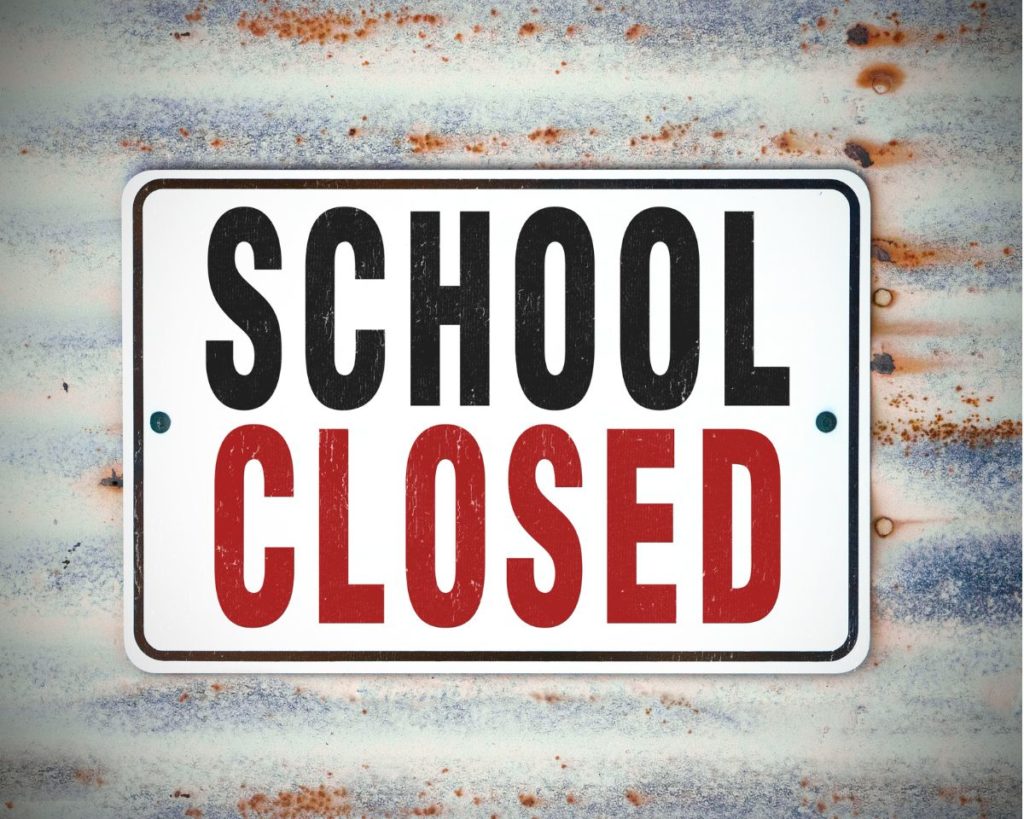Editor’s note: This is the monthly contribution from Boardhawk columnist Alexis Menocal Harrigan.
One of the most politically unpopular actions a school board can take is to vote to close schools.
Despite this, and in the face of tremendous community pushback, the Denver Public Schools Board of Education took courageous action and unanimously approved the recommended closure and restructuring plan last month.
No one wants to close schools, and this board chose to address an issue head-on in order to avoid a crisis we were rapidly heading toward.
Previous attempts at closure were not sufficiently comprehensive in their approach, methodology, or outcome. Despite justified criticism of the timeframe for community engagement and optics, DPS staff, leadership, and the board engaged in the best process I have seen to tackle the challenge of declining enrollment using an equitable and sound methodology.
As a reminder, Superintendent Alex Marrero put forth these recommendations in response to the board’s Executive Limitation 18, adopted this summer after a contentious and unresolved closure process last school year. With many guardrails in place, Marrero and his team embarked on months of work behind the scenes and engaged the broader community in advance of the recommended package.
That package was presented on November 7 in one of the best presentations I have seen this administration deliver. Marrero provided a timeline showing the evolution of this work since the passage of EL-18.
He explained how his team operationalized the guardrails within the executive limitation. Staff members then provided a detailed account of the themes that arose from regional engagement sessions, demographic and declining birth rate data (there is a 23 percent decline in births per year from a peak in 2002), and regional trends.
They provided data on recent closures since 2018 and went on to discuss the values, guardrails, and methodology that determined which schools were recommended.
Following the presentation of the recommended plan, the board and superintendent embarked on two weeks of community engagement in the impacted school communities. I am no stranger to how difficult these meetings are.
Personal experience with past school closure processes
Over the last 15 years, I have sat in more than a dozen community meetings about school closure, some within DPS as an employee and some outside of the system as an activist. I first cut my teeth as a Denver education activist as an ambitious and green Americorp member supporting families facing the possible closure of Greenlee K-8 school in 2009. (Ultimately, grades 6-8 were eliminated, and a preschool was added.)
Later as a DPS employee I worked in public affairs between 2015 and 2017 during the School Performance Compact, a board policy that sought to close chronically low-performing schools.
During that time, I stood in front of parents, educators, and community activists explaining why their schools might have to close. I supported district leaders and board members as they took the brunt of the anger. I navigated internal and external politics behind the scenes, trying, with minimal success to placate key stakeholders including council members, community leaders, and on occasion a rouge instructional superintendent or two.
The hardest meetings for me were those at Castro Elementary, Lincoln High School, and West Early College. I sat on opposite sides of the table from friends and colleagues. I stood in opposition to mentors who had coached and embraced me as a young Latina politico.
At Castro, I sat in the school’s library, three blocks from the home I grew up in, speaking to mothers (as a new mother myself) and explaining why their school could end up at risk of closure if the district didn’t see academic growth. It was painful.
At West Early College, I witnessed and sat helpless during an evening meeting, as an older gentleman and a member of the West High School Alumni Association stood and read a letter. The letter expressed extreme disappointment in the district and its policy. It defended the school, its students, and dedicated staff.
I watched on the verge of tears because the letter was penned by the Alumni Association President, Rita Cordova, who was the mother of the woman standing in front of the room representing the district, Deputy Superintendent Susana Cordova, who also happened to be a teacher at West many years before.
Cordova is now Colorado’s Commissioner of Education, having previously served as DPS superintendent. There is no one I would rather have in that role, after witnessing the grace, professionalism, and compassion she showed in that community meeting and during many other challenging situations at DPS.
From visceral reaction to sympathy
When you become a leader in the communities you spent your formative years in, the difficult decisions you make hit differently. I know many of the sitting board members have long histories in DPS and Denver, and the decision to close schools last month was not made lightly or without a tremendous emotional toll.
My visceral reaction was to have no sympathy for the current board members and superintendent when they each shared remarks explaining the difficulty of the decision and the pain they felt in the meetings last month. That reaction, however, was short-lived as I remembered their histories and my own feelings sitting in schools when difficult closure meetings took pace.
I have struggled to write this article over the last couple of weeks because of the empathy I feel for them. Usually, I’m a thorn in their side. What do I write when my disposition is to be their critic and yet now I find myself their defender?
I write my admiration and I also caution them to be mindful of the other side of closure for students.
I thank the board members and superintendent for their thoughtfulness and courage. To the board members specifically, thank you for making a difficult decision. Thank you for your heartfelt remarks and for stating your commitment to holding the superintendent accountable to change management and to minimize disruption to students and their families.
This decision will have a lasting impact. Others can forecast and explain the economic impact. I encourage us not to forget the traumatic impact. This is community trauma, and for some, it is also generational.
I would not be surprised if any one of the students who spoke on behalf of their school during public comment was changed deeply by this experience and went on to run for school board one day. We have seen it before.
People impacted by Denver closures in the past have gone on to be vocal community activists, council members, and school board members themselves, often citing their experience with closure as a critical factor that set them on their path to activism and leadership.
For the students of today’s closure, we must do better than hope for their resilience. If we aren’t careful, many of these children will end up as resentful adults with chips on their shoulders.
Instead of seeing closure as the end, I encourage us to see it as the beginning. I propose community healing and reconciliation. We must acknowledge the harm and right the wrongs created by closure.
This administration and board have already made a concerted effort to learn from the mistakes of previous closure processes and I hope they continue those learnings, as there are no shortages of things that could have been done better to set our students up for success post closure.
For what it is worth, I would recommend starting with true school choice and guaranteeing seats at schools, including those at capacity, for any student impacted by closure who chooses to attend them. If students experiencing closure don’t have true priority in schools they submit choice applications for, then we will continue a cycle of choice that privileges some families from wealthy communities and thriving schools over others.
I would propose having trained and experienced school social workers each take on manageable caseloads of students impacted by closure. They should support those students and their families for the next two to three years to ensure they are acclimating to their new environments and receiving the social, emotional, and academic support they need.




